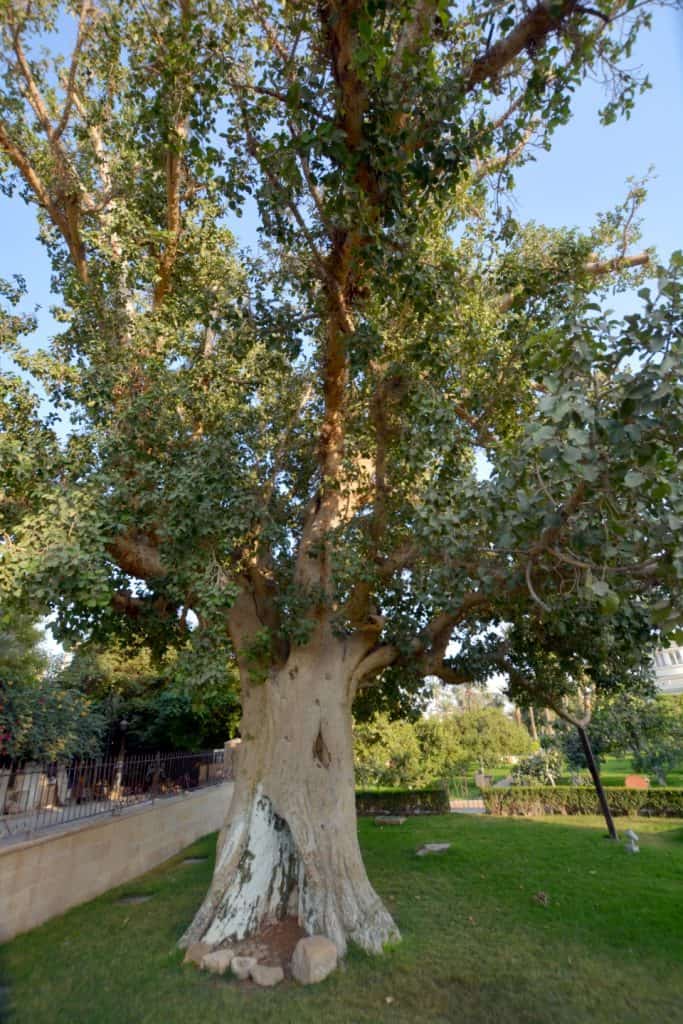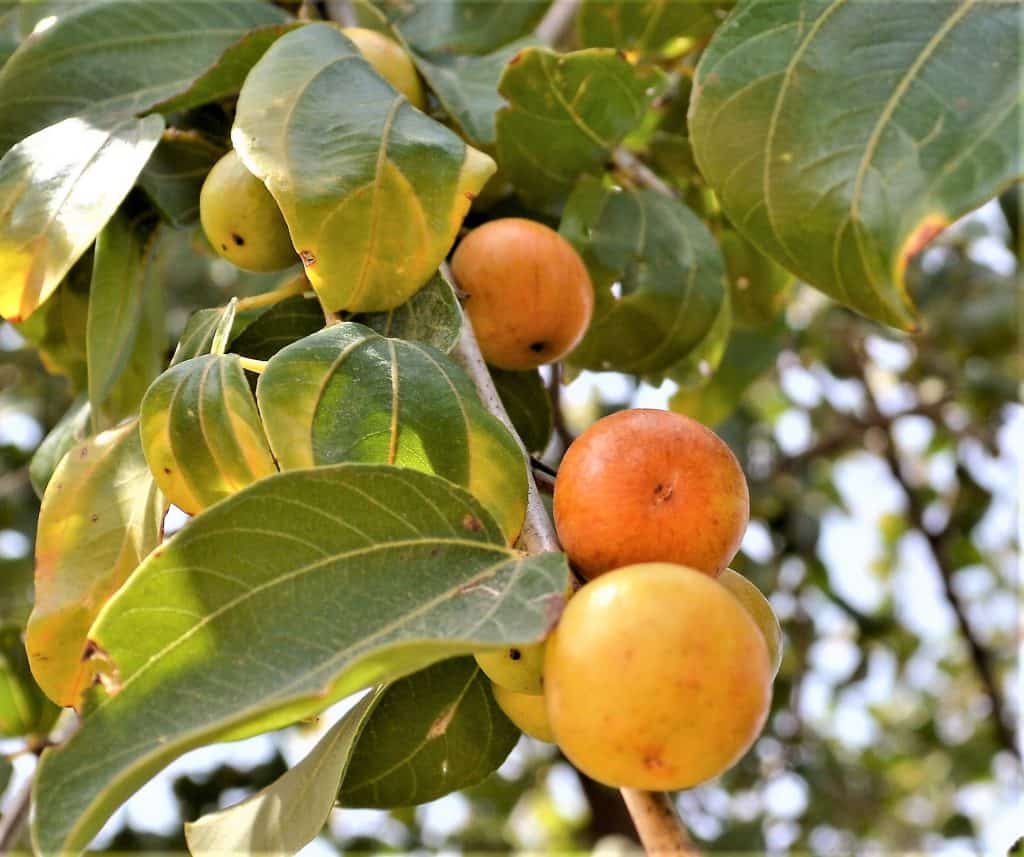The Tree of Zacchaeus, also known as the Sycamore Zacchaeus, is a sycamore tree located in the center of the city of Jericho at the Russian Museum. According to Christian tradition, the tax collector Zacchaeus climbed the tree to see Jesus. The Ancient Sycamore is an important pilgrimage tourist site in Jericho along with Mount of Temptation. In the New Testament, the tree is mentioned as part of the story of how Jesus redeemed the rich tax collector, and they returned from his evil way.

More About Tree of Zacchaeus
Zacchaeus was a chief tax collector at Jericho in the Bible. He is known primarily for his faith in climbing a Sycamore Tree to see Jesus. Also his generosity in giving half of all he possessed. A descendant of Abraham, he was an example of Jesus’s personal, earthly mission to bring salvation to the lost. Tax collectors were despised as traitors (working for the Roman Empire, not for their Jewish community), and as being corrupt. His story is found in the Gospel of Luke.
Christ's Thourn Balm of Gilead

Because the lucrative production and export of balsam were centered in Jericho, his position would have carried both importance and wealth. In the account, he arrived before the crowd who were later to meet with Jesus, who was passing through Jericho on his way to Jerusalem. He was short in stature and so was unable to see Jesus through the crowd (Luke 19:3). Zacchaeus then ran ahead and climbed a sycamore tree along Jesus’s path. When Jesus reached the spot he looked up at the sycamore tree (actually a sycamore-fig ficus sycomorus); addressed Zacchaeus by name, and told him to come down, for he intended to visit his house. So the crowd was shocked that Jesus, a religious teacher/prophet, would sully himself by being a guest of a sinner.
Biblical Reference
The sycomore is referred to seven times in the Old Testament and once in the New Testament. Though it was not as common in the Holy Land, the sycomore was a very popular and valuable fruit tree in Jericho and Canaan.
References In the Hebrew Bible
In Psalms, sycomores are listed with vines as sources of food destroyed in the plagues inflicted on the Egyptians. This verse implies that Ficus sycomorus could not survive in the mountainous regions of Palestine and Egypt
“He destroyed their vines with hail, and their sycomore trees with frost.”
Ps 78:47
- The Bible also mentions that King David appointed an officer to look after the olives and sycomores of the western foothills. Book of Chronicles 27:28
- King Solomon made cedars as common as sycomores. 1 Kings 10:27.
- In condemning his people’s arrogance the prophet Isaiah also makes a contrast between sycamores and cedars. Isaiah 9:10
- The prophet Amos refers to his secondary occupation as a dresser or tender of sycomores Amos 7:14; this involved slashing the fruits to induce ripening.

